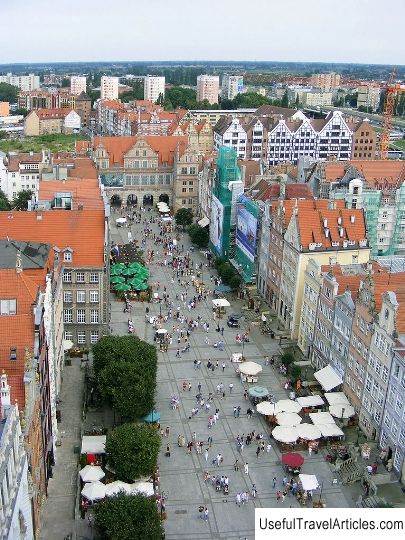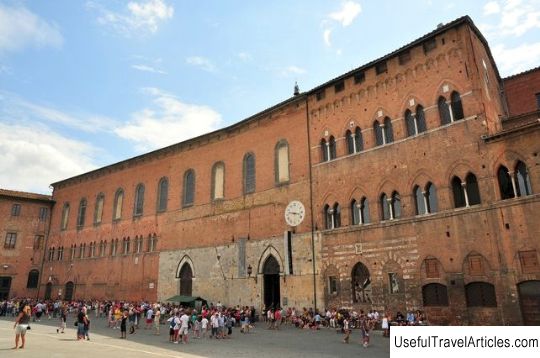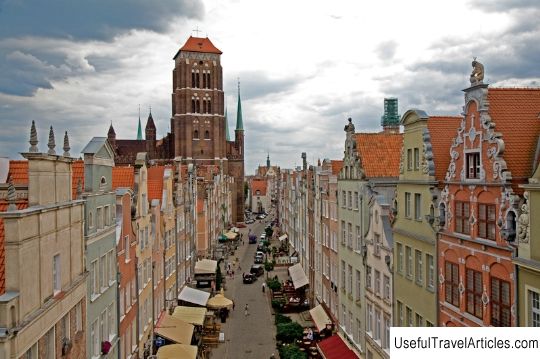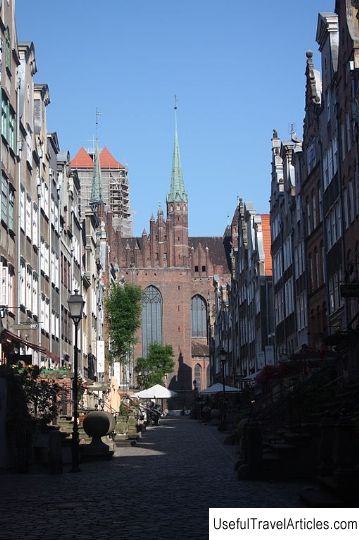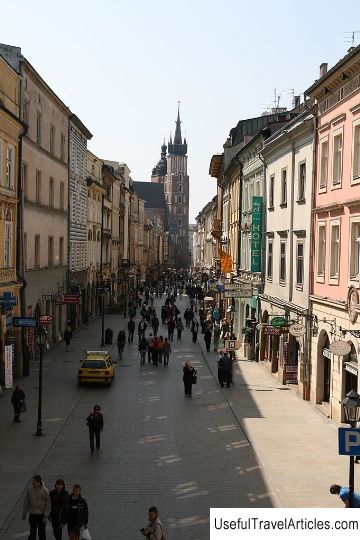Street Dluga (Ulica Dluga) description and photos - Poland: Gdansk
Rating: 7,8/10 (100 votes) 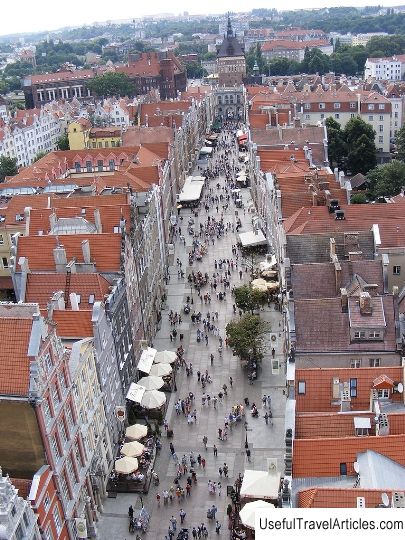
Ulica Dluga street description and photos - Poland: Gdansk. Detailed information about the attraction. Description, photographs and a map showing the nearest significant objects. The title in English is Ulica Dluga. Photo and descriptionDluga Street is one of the most famous tourist attractions in Gdansk. It leads from the Golden Gate to the Long Market and the Green Gate. Dluga Street was formed in the 13th century after the capture of Danzig by the Teutonic Order, at that time it was the main city trade route. There were houses in which the wealthiest citizens lived: merchants, nobles and dignitaries. Due to the festive parades and fireworks often held under King Casimir IV Jagiello, the street was often called the Royal Street. The appearance of the street has changed over the centuries. In 1882, Dluga Street was paved with cobblestones specially brought from Scandinavia. Subsequently, tram lines were laid here. Until the end of World War II, the street was called Langgasse. During the war, the street was completely destroyed, restoration work was carried out in the post-war years, then the tram tracks were also removed. At present, you can see old buildings on Dluga Street. Here is the Ferber house - a building built in 1560 in the Renaissance style. The house belonged to one of the most influential families in Gdansk. Not far away is the House of the Lion, whose name comes from two sculptures depicting lions placed on the portal of the building. The house was built in 1569 by the architect Hans Kramer. Currently, it houses the Russian Center for Science and Culture in Gdansk. In addition to outstanding historical buildings, Dluga Street is home to numerous city restaurants, cafes and shops where residents of the city like to spend their free time.     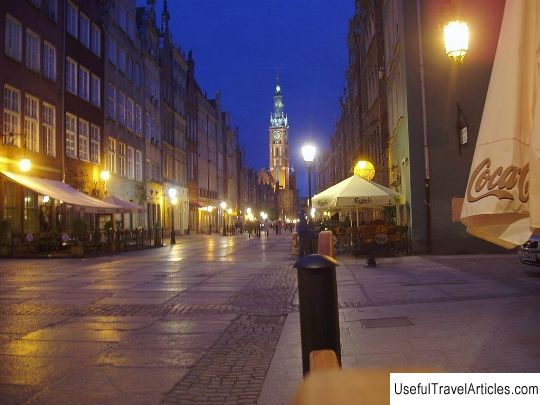 We also recommend reading National Forest Park Kavo Gkreko description and photos - Cyprus: Ayia Napa Topic: Street Dluga (Ulica Dluga) description and photos - Poland: Gdansk. |
